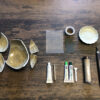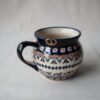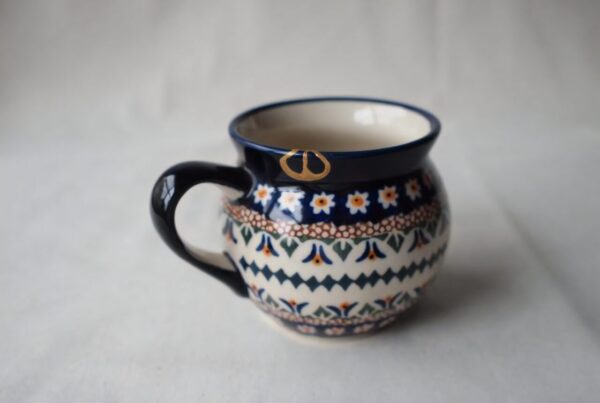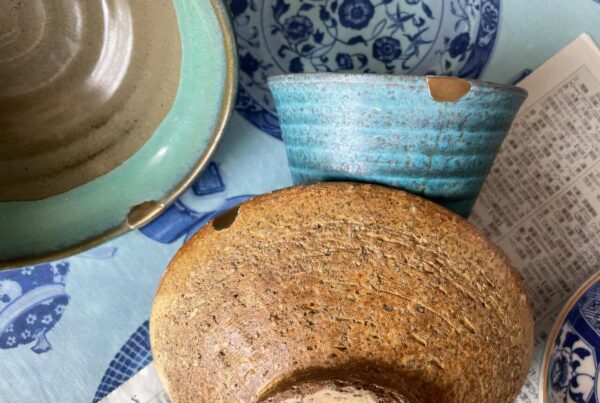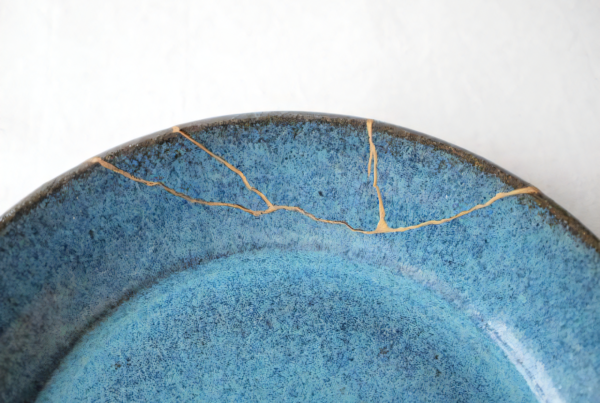Kintsugi, the traditional Japanese art of repairing broken ceramics with gold or other precious metals, embodies the philosophy of finding beauty in imperfection. While traditional Kintsugi uses materials like urushi lacquer and real gold powder, making the repaired item safe for food use once properly cured, modern interpretations of Kintsugi have introduced a variety of materials, some of which may not be food-safe.
In this article, we delve into the concerns surrounding food safety in both traditional and modern Kintsugi practices, offering insights into the materials used and their implications for food contact.
Traditional vs. Modern Kintsugi
Traditional Kintsugi
In traditional Kintsugi, the repair process involves urushi lacquer, a natural substance obtained from the sap of the urushi tree, combined with powdered gold, silver, or platinum.
Urushi lacquer is renowned for its durability, water resistance, and ability to harden to a glossy finish. Once fully cured, it is non-toxic and safe for food contact. The precious metals used in the process are inert and considered safe for direct contact with food.
Modern Kintsugi
Modern Kintsugi has expanded the art form beyond its traditional roots, incorporating new materials and techniques. These might include synthetic resins or epoxies as substitutes for urushi lacquer, and cheaper metal powders or even non-metallic colored materials to mimic the appearance of gold or silver.
While these modern adaptations make Kintsugi more accessible and less time-consuming, they introduce variables concerning food safety.
The Concern with Modern Materials
The primary concern with modern Kintsugi materials is their suitability for food contact. Synthetic resins and epoxies, common in modern Kintsugi kits, can vary widely in their chemical composition and the safety of their cured forms. Some of these materials may not be intended for contact with food and could potentially release harmful substances into food or drinks.
Checking for Food Safety
When engaging in modern Kintsugi or purchasing modern Kintsugi-repaired items, it’s crucial to verify the safety of the materials used. Here are key considerations:
–Material Composition: Check the labels or ask the manufacturer/seller about the specific materials used in the repair. Look for any certifications regarding food safety.
–Curing Process: Ensure that the material has been fully cured according to the manufacturer’s instructions. Incomplete curing can lead to the release of volatile organic compounds (VOCs) or other toxic substances.
–Intended Use: Confirm that the materials used are explicitly stated to be safe for food contact. Some products may be safe for decorative purposes but not for eating or drinking.
Modern vs. Traditional Kintsugi: Situations and Items Suited for Each Method
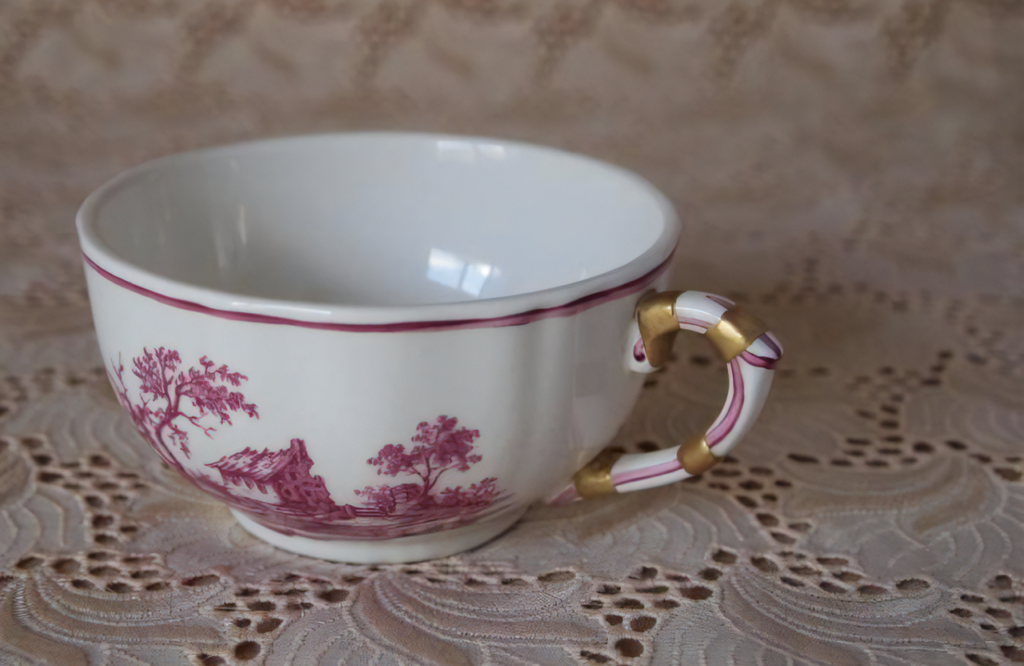 Kintsugi, the art of golden repair, offers two distinct pathways for restoring ceramics: the traditional method using urushi lacquer and powdered metals, and the modern approach that employs synthetic resins. Each method suits different situations and items, especially when considering food safety.
Kintsugi, the art of golden repair, offers two distinct pathways for restoring ceramics: the traditional method using urushi lacquer and powdered metals, and the modern approach that employs synthetic resins. Each method suits different situations and items, especially when considering food safety.
Traditional Kintsugi for Food-Safe Repairs
Traditional Kintsugi is best suited for items intended for food use, such as bowls, plates, and cups. This method uses natural urushi lacquer, which, once cured, forms a durable, non-toxic coating safe for contact with food.
The use of precious metals like gold, silver, or platinum for the repair adds not only aesthetic value but also ensures that the repaired area remains inert and safe for eating or drinking from. This technique is ideal for valuable or sentimental pieces where maintaining the integrity and safety of the item for culinary purposes is paramount.
The traditional process requires patience and expertise, as the curing of urushi lacquer takes time and must be done under specific conditions to ensure safety and durability.
Modern Kintsugi for Decorative and Non-Food Items
Modern Kintsugi, utilizing synthetic resins or epoxies, is well-suited for decorative items or those not intended for food use, such as vases, sculptures, or ornamental plates. These materials offer a quicker and more accessible repair process, making them ideal for DIY projects or for those looking to explore the art of Kintsugi without the complexities of traditional materials.
While modern repairs can be easy and straight-forward, the synthetic materials used may not always be food-safe, making them unsuitable for items that will come into direct contact with food or beverages. However, for decorative purposes, modern Kintsugi allows for a broader application, enabling the repair of a wide range of materials beyond ceramics, including glass and wood, thereby expanding the creative possibilities of this art form.
In conclusion, choosing between traditional and modern Kintsugi methods depends on the intended use of the repaired item. For food-related ceramics, traditional Kintsugi is the safest choice, ensuring that the beauty of the repair comes with no compromise to health. For decorative or non-food items, modern Kintsugi offers flexibility and ease, allowing for the celebration of imperfection across a wider array of objects.
Practical Guidelines for Safety and Care
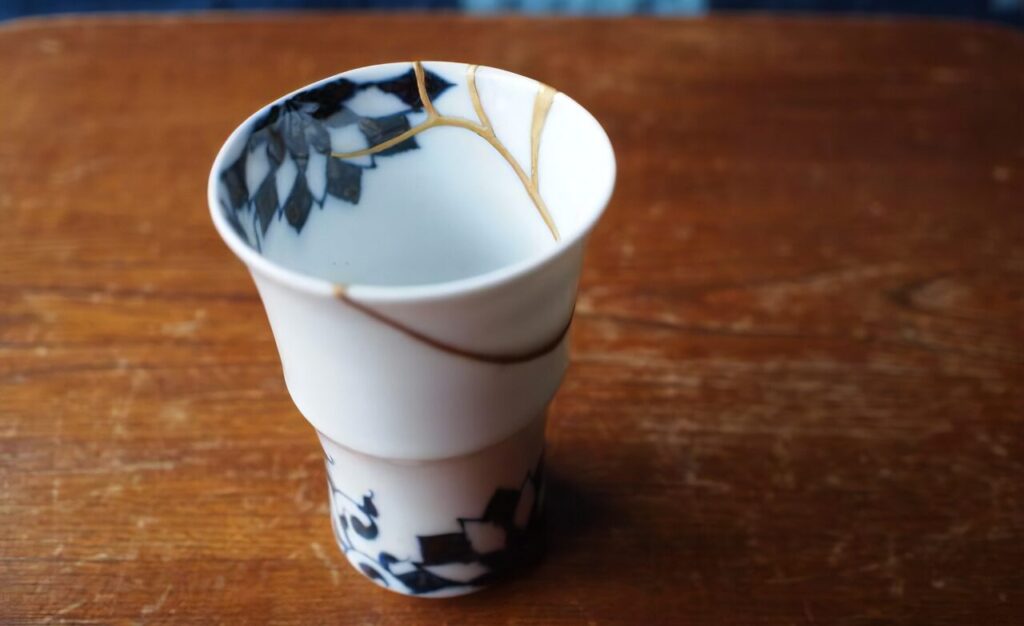 For those who appreciate the art of Kintsugi and wish to use repaired items for food, here are updated guidelines to ensure safety and longevity:
For those who appreciate the art of Kintsugi and wish to use repaired items for food, here are updated guidelines to ensure safety and longevity:
–Prioritize Traditional Techniques: In terms of food-safety, opt for items repaired using traditional Kintsugi methods, as these are more likely to be food-safe once fully cured.
–Verify Modern Materials: If considering modern Kintsugi, thoroughly check the safety of the repair materials for food contact.
–Use with Care: Regardless of the repair method, treat Kintsugi-repaired items gently. Avoid using them in microwaves or dishwashers and consider limiting their use to dry or cold foods to preserve the integrity of the repair.
Conclusion
Kintsugi offers a profound lesson in embracing imperfection, with its repaired items serving as symbols of resilience and beauty. Whether traditional or modern, Kintsugi can be compatible with food use, provided there is a careful consideration of the materials involved.
By prioritizing food-safe materials and adhering to best practices for care, enthusiasts of this beautiful art form can safely incorporate Kintsugi-repaired ceramics into their dining experiences, celebrating their unique stories and the artistry that has given them new life.



